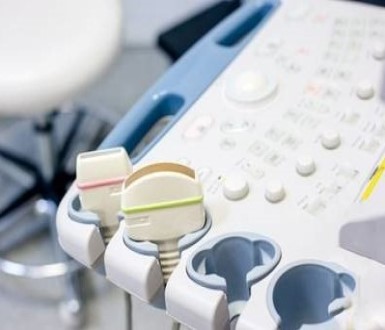Handheld Ultrasound Climbs the Adoption Curve


Simon Harris
Published: April 29, 2019 In The News
29th April 2019 – Written by Simon Harris – Featured in The Imagine Wire – Despite the handheld ultrasound market, “largely fail(ing) to live up to expectations‚” during its first 10 years, Signify Research sees more opportunities for the segment as product improvements and market adoption both advance. The handheld/POCUS ultrasound category currently maintains a less than 2% share (< $138m) of the $6.9 billion global ultrasound market, but is projected to grow by 50% this year and nearly triple in size by 2023 to over $400 million. Here’s Signify’s take on how the handheld ultrasound market got to this point and how the firm expects the handheld ultrasound adoption curve to progress over the next few years.
You may also like


